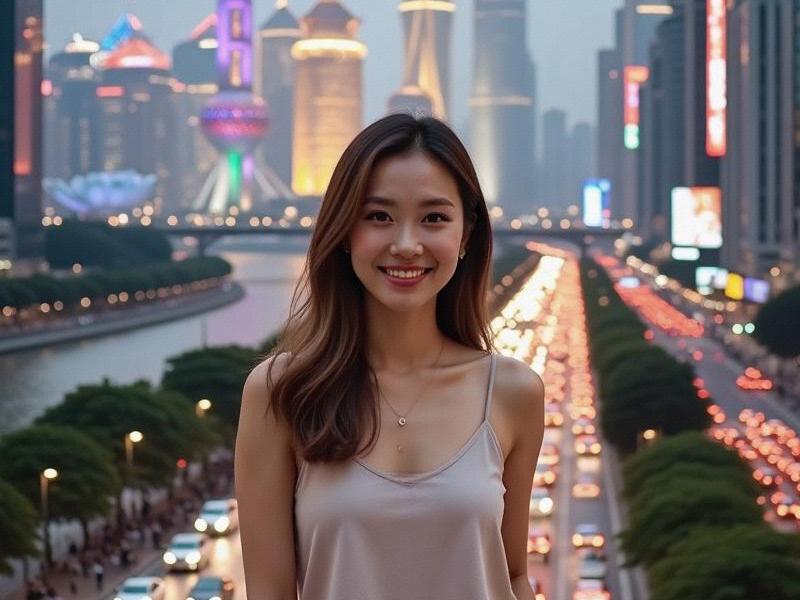Shanghai 2025: Where Futurism Meets Heritage in China's Global Metropolis
⏱ 2025-06-18 00:10 🔖 爱上海千花网
📢0℃

The Dual Identity of a Global City
1. Architectural Evolution:
- 48 heritage conservation zones with strict height limits
- 127 new "vertical neighborhoods" above 300 meters
- Adaptive reuse of 1930s factories as innovation hubs
- World's first floating concert hall on Huangpu River
2. Technological Integration:
- Citywide 6G network coverage since 2024
- AI-powered traffic management reducing congestion by 37%
- Blockchain-based property registration system
- 82% of municipal services accessible via WeChat mini-programs
Cultural Renaissance
Notable Developments:
上海龙凤千花1314 - "Memory Lane" augmented reality tours in former concessions
- Revitalized shikumen neighborhoods with artisan workshops
- Digital archives of Shanghai's jazz age (1920s-1940s)
- Contemporary art district in converted docks
Economic Transformation
Key Sectors:
- Pudong's financial district handling ¥47 trillion annually
- Zhangjiang's biotech cluster attracting global R&D centers
- Lingang's AI industrial park with 1,200 startups
- Hongqiao's international trade hub serving 68 countries
Sustainable Urbanism
Pioneering Solutions:
上海贵族宝贝龙凤楼 - World's largest district cooling system
- 42km of elevated cycling highways
- Urban farming on 68% of flat rooftops
- Waste-to-energy plants powering 800,000 homes
Challenges and Innovations
Critical Issues:
- Balancing migartninflow with housing supply
- Preserving local culture amid globalization
- Managing coastal flooding risks
- Maintaining social equity in redeveloped areas
Global Benchmarking
Shanghai vs. Other World Cities:
上海花千坊爱上海 - More green spaces per capita than New York
- Higher metro density than Tokyo
- Faster digital transformation than Singapore
- More UNESCO-protected modern architecture than Paris
Future Vision
2030 Projections:
- First commercial hyperloop connection to Hangzhou
- Carbon-neutral downtown core
- Autonomous vehicle-only zones
- AI-assisted urban planning systems
Conclusion
As urban expert Dr. Zhang Wei observes: "Shanghai isn't just building a smarter city - it's reinventing urban civilization for the Asian century while writing a new playbook for global metropolises."
Shanghai Style Revolution: How Local Women Are Crafting a New Global Beauty Paradigm《边界消融时:上海与周边城市的"同城化"实验》Shanghai Showgirls: Entertaining Life on the Edge of CultureShanghai and the Surrounding Area: A Dynamic Hub of Economic and Cultural ExchangeShanghai's Nightlife Evolution: The New Era of Entertainment Clubs in China's Global CitySilicon Bund: Shanghai's Ambitious Quest to Become Asia's Tech Capital《共饮一江水:长三角生态绿色一体化发展示范区三年记》Shanghai's Nightlife Evolution: How Entertainment Venues Are Redefining Urban Leisure in 2025Shanghai's Neuro-Aesthetic Singularity: Where Jiangnan Silk Algorithms Rewrite Quantum GlamourNeon Renaissance: How Shanghai's Elite Clubs Are Redefining China's Nightlife Economy

